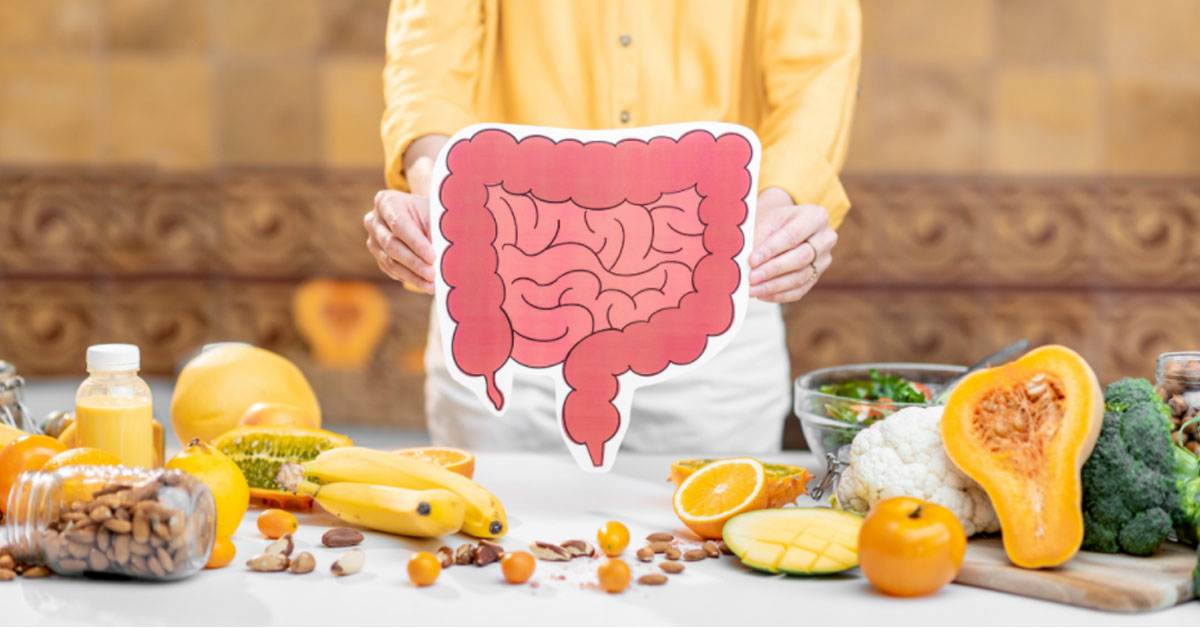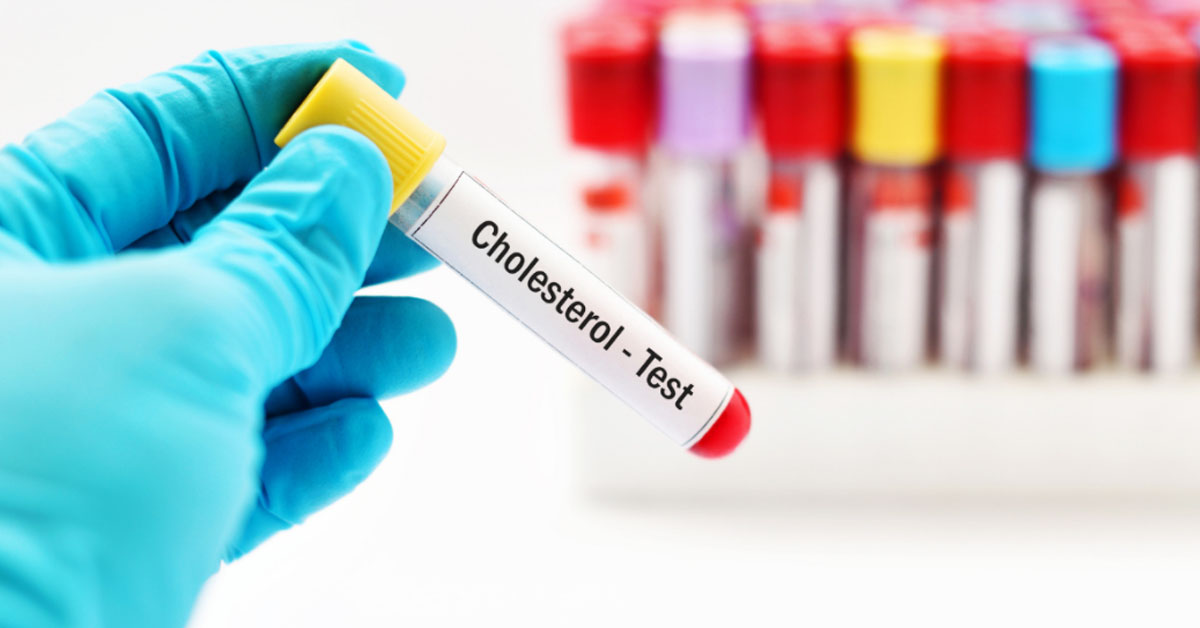

Introduction: The Ayurvedic Perspective on Virechana
Virechana, one of the five main Panchakarma therapies, is a powerful Ayurvedic detoxification technique designed to purify the body from accumulated toxins (ama) and excessive doshas. Particularly effective during Sharad Ritu, this therapeutic purgation targets Pitta imbalances in the digestive system and other organs, restoring balance to the entire body. At SriPAA Ayurvedic Hospital, Virechana is not only a cleansing therapy but also a rejuvenating process that improves digestion, strengthens immunity, and enhances mental clarity.
According to Ayurvedic texts, Virechana is crucial for preventive health. By expelling excessive Pitta, it prevents inflammation, digestive disorders, skin ailments, and other systemic imbalances. Beyond its physiological effects, Virechana supports emotional stability, reduces stress, and creates an inner sense of calm and vitality.
Understanding Virechana and Its Importance
Definition
Virechana refers to therapeutic purgation where carefully prepared herbal medicines are administered to cleanse the intestines and purify Pitta dosha. This therapy balances internal heat, clears toxins, and rejuvenates tissues without causing harm.
Role in Seasonal Wellness
Sharad Ritu, the autumn season, is characterized by residual Pitta from the monsoon. Pitta accumulation can lead to:
- Digestive issues like acidity and gastritis
- Skin problems including rashes, acne, and pigmentation
- Inflammation and irritability
- Fatigue and mental stress
Virechana is particularly effective in this season, as it detoxifies the body before winter, prepares tissues for nourishment, and harmonizes doshas.
The Science Behind Virechana
Dosha Balance
- Primary Target: Pitta dosha, which governs metabolism, digestion, and energy production.
- Secondary Impact: Helps regulate Vata and Kapha indirectly by improving digestion, circulation, and lymphatic flow.
Digestive Health
The therapy strengthens Agni (digestive fire) by eliminating accumulated Pitta and toxins. Properly functioning Agni ensures nutrient absorption, reduces Ama (toxins), and improves immunity.
Detoxification Process
Virechana uses herbal purgatives to mobilize toxins from liver, gallbladder, small intestine, and other Pitta-rich tissues. This not only cleanses internal organs but also purifies the bloodstream, leading to enhanced vitality and mental clarity.
Pre-Virechana Preparation (Purvakarma)
1. Deepana and Pachana (Stimulation and Digestion)
- Herbal decoctions and medicated foods are administered to enhance Agni.
- This ensures the body is ready to mobilize and eliminate toxins efficiently.
2. Sneha (Oleation)
- Abhyanga or internal oil therapy lubricates tissues, softening accumulated toxins for easier elimination.
- Dosha-specific oils are used based on individual constitution.
3. Swedana (Sudation)
- Gentle sweating techniques, including steam therapy or herbal poultices, help open channels and loosen toxins.
- Sweating enhances circulation, prepares tissues, and reduces Pitta heat.
Virechana Procedure (Pradhana Karma)
Administration
- Medicated herbal decoctions or oils are consumed in controlled doses.
- These medicines trigger natural purgation, expelling toxins via the intestines.
Duration
- Typically, purgation occurs within hours to a day.
- The number of evacuations depends on the individual’s dosha, age, and health condition.
Monitoring
- Practitioners at SriPAA monitor patients closely, ensuring safe and effective detoxification.
- Patients may experience mild fatigue or thirst, which is normal and addressed with hydration and rest.
Post-Virechana Care (Paschat Karma)
1. Dietary Protocols
- Begin with easily digestible foods like rice gruel, herbal soups, and light vegetables.
- Gradually reintroduce normal diet over 3–7 days, following dosha-specific guidelines.
2. Lifestyle Adjustments
- Avoid excessive sun exposure, strenuous activity, and stress immediately post-therapy.
- Encourage gentle exercises, meditation, and adequate sleep to maintain balance.
3. Dosha Balancing
- Follow daily routines (Dinacharya) and seasonal routines (Ritucharya) to stabilize Pitta and prevent recurrence of imbalances.
Benefits of Virechana
Physical Benefits
- Purifies liver, gallbladder, and intestines
- Reduces acidity, gastritis, and other digestive disorders
- Alleviates skin conditions like acne, eczema, and pigmentation
- Improves metabolism and enhances nutrient absorption
Mental and Emotional Benefits
- Reduces irritability, anger, and anxiety caused by Pitta imbalance
- Enhances clarity, focus, and emotional resilience
- Promotes calmness and relaxation
Long-Term Health
- Prevents lifestyle-related illnesses
- Enhances immunity and natural resistance
- Supports rejuvenation and longevity
Dietary Guidelines During Virechana
- Light and Cooling Foods: Rice, herbal soups, and fresh fruits
- Avoid: Spicy, fried, oily, or processed foods during detox
- Hydration: Herbal teas, coconut water, and natural fluids to maintain balance
- Dosha-Specific Foods: Include foods that pacify Pitta for optimal results
Seasonal Adaptations for Sharad Ritu
- Perform Virechana in Sharad Ritu to cleanse residual Pitta from the monsoon.
- Combines naturally with Abhyanga and Ritucharya (seasonal lifestyle) for complete detox.
- Prepares the body for winter by stabilizing doshas, improving digestion, and enhancing immunity.
Virechana at SriPAA Ayurvedic Hospital
At SriPAA Ayurvedic Hospital, Virechana is customized for each patient:
- Consultation: Detailed dosha analysis and health assessment
- Personalized Plan: Herbs, oils, and dietary regimen selected according to constitution
- Expert Supervision: Dr. Mallikarjun Dambal and the team ensure safety and effectiveness
- Follow-Up: Post-treatment care includes diet counseling, lifestyle guidance, and monitoring for sustained benefits
Patients report improvements in:
- Digestive function
- Energy levels
- Emotional stability
- Skin health
- Overall vitality
Precautions and Safety
- Virechana is safe under professional supervision but not recommended for pregnant women, children, or severely debilitated individuals without proper guidance.
- Pre-existing medical conditions should be disclosed to the Ayurvedic practitioner.
- Hydration and rest are essential during the therapy.
Conclusion: Embrace Virechana for Seasonal Health
Virechana is a cornerstone of Ayurvedic seasonal wellness. By detoxifying the body, balancing Pitta, and harmonizing all doshas, this therapy strengthens immunity, promotes mental clarity, and restores vitality. In Sharad Ritu, it is especially effective, preparing the body for the coming winter while preventing seasonal ailments.
SriPAA Ayurvedic Hospital, under the guidance of Dr. Mallikarjun Dambal, offers personalized Virechana therapies designed to align with each patient’s constitution, lifestyle, and health goals. By combining diet, Abhyanga, seasonal adjustments, and post-therapy guidance, Virechana becomes a holistic, rejuvenating practice for mind, body, and spirit.


